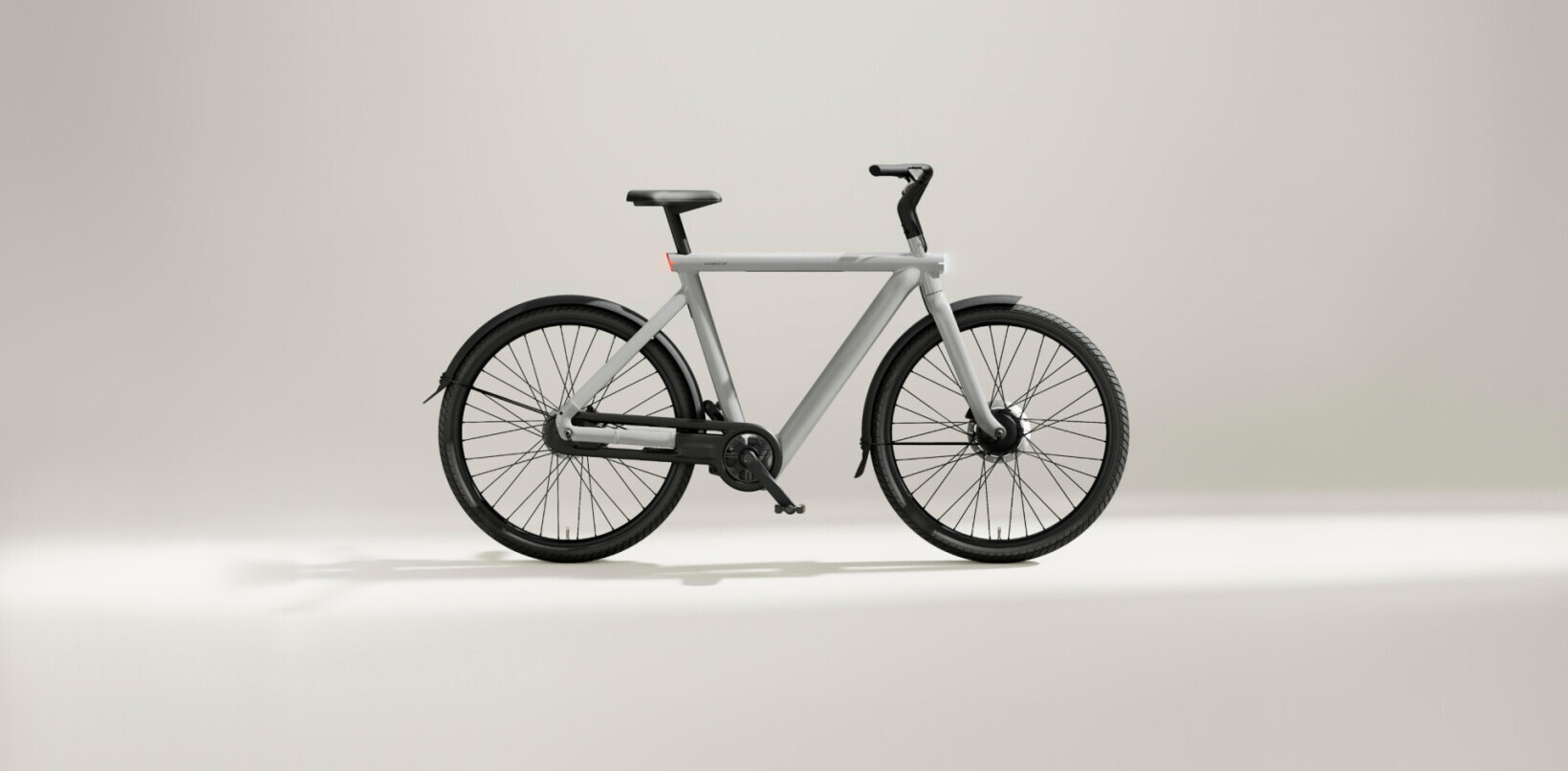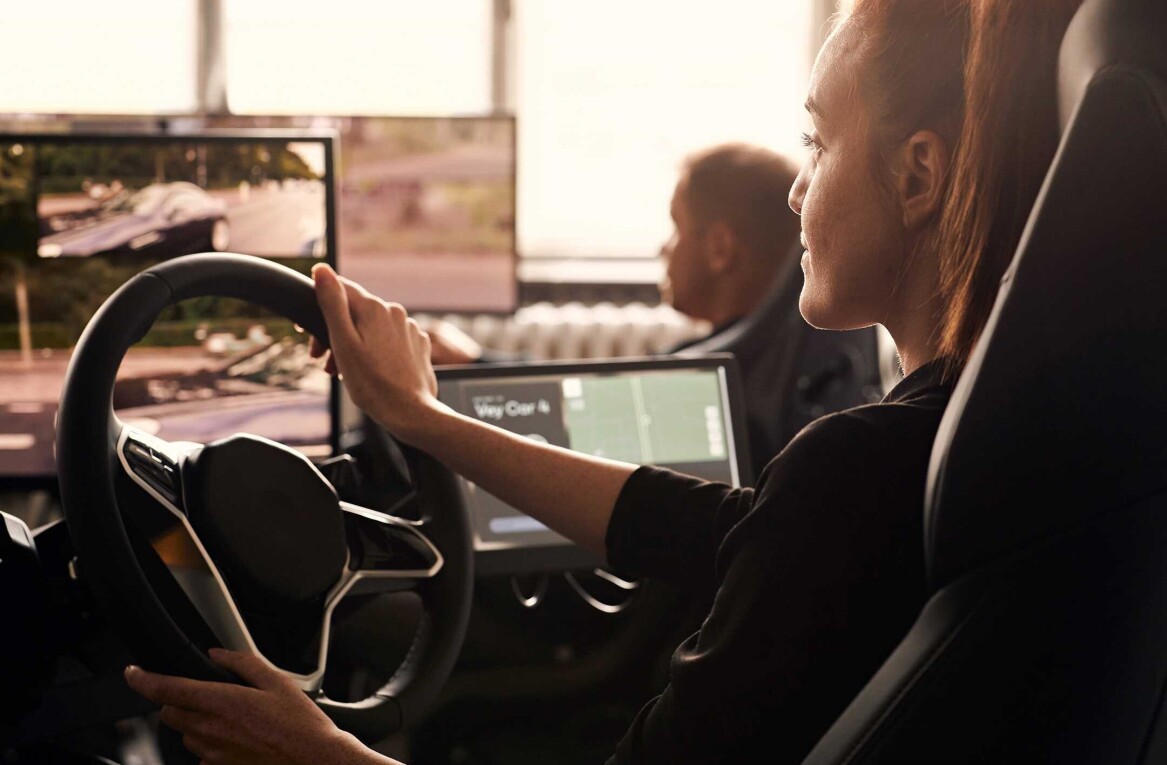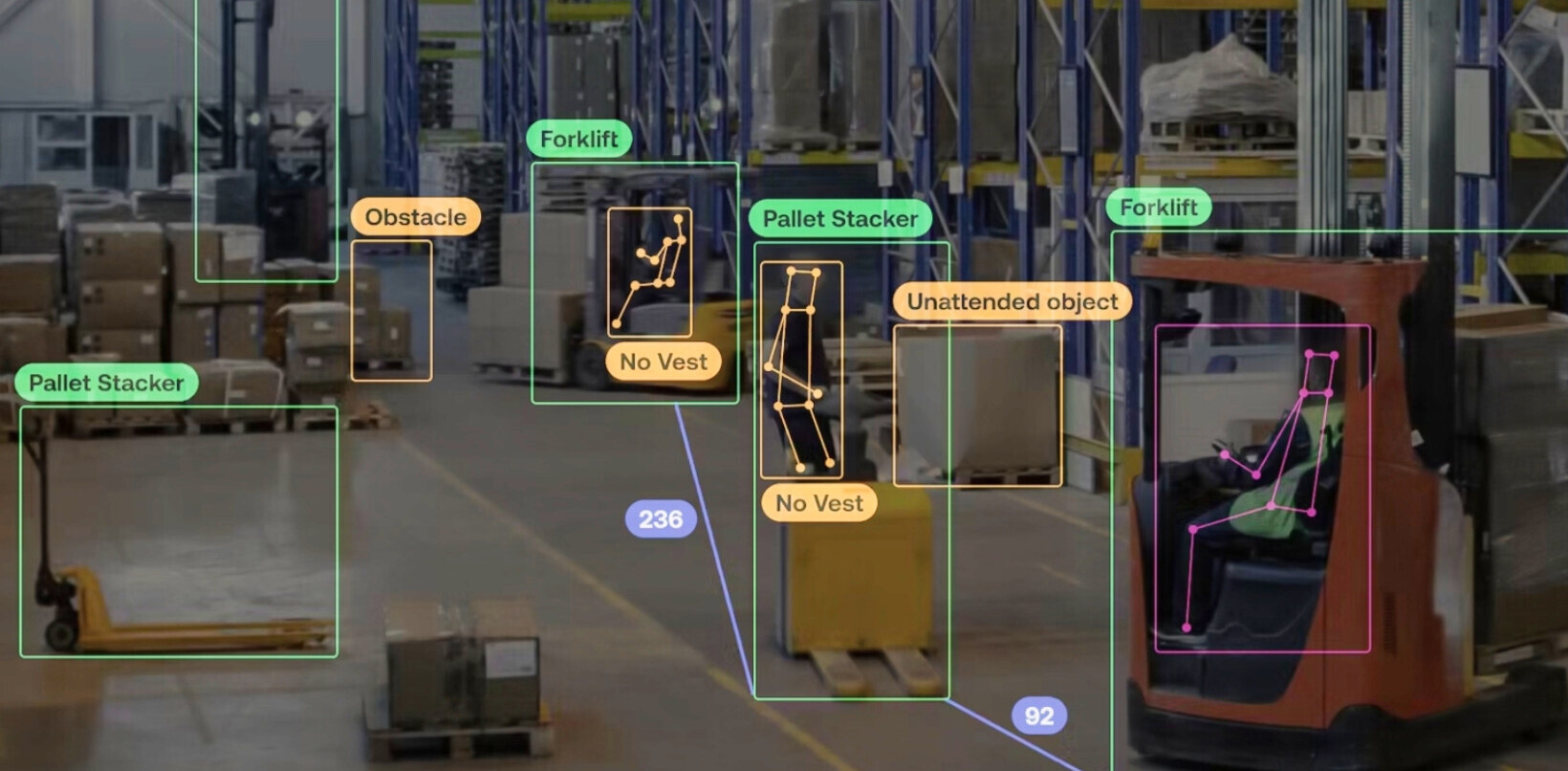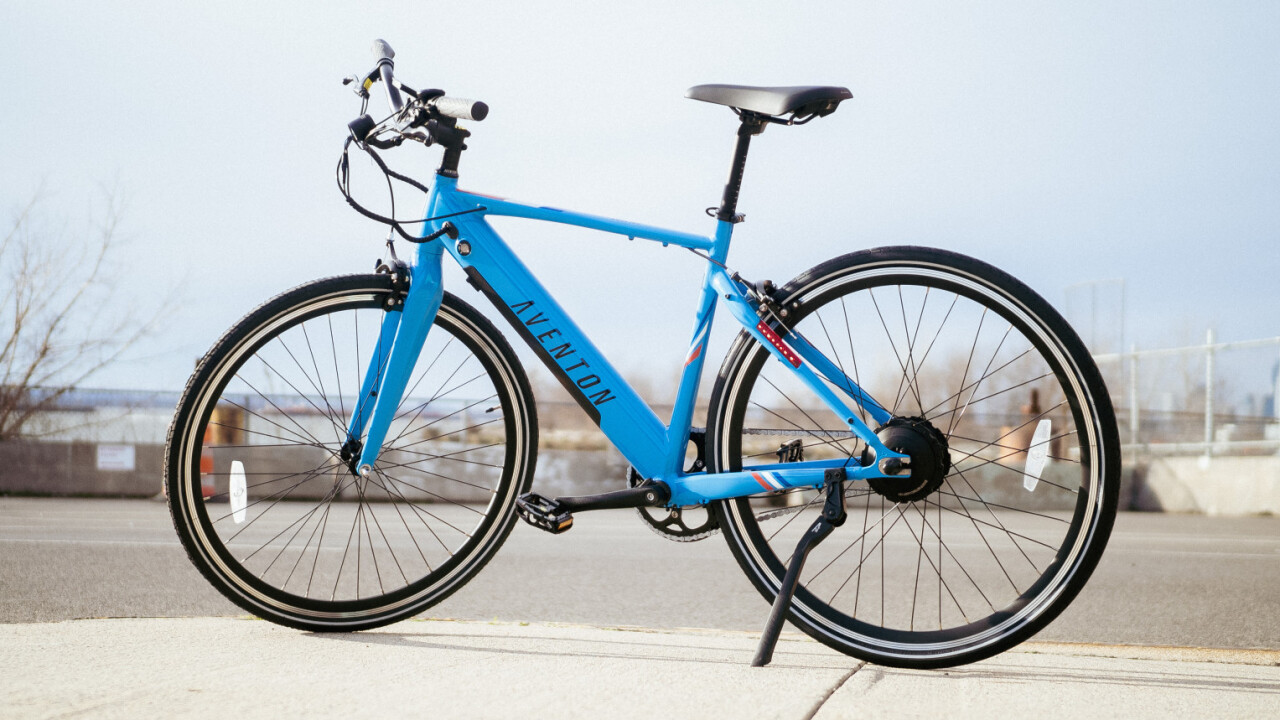
Some ebikes try to challenge the speed and torque of a motorcycle. Others pack so many ‘smart’ features that their spec sheets read like they describe a flagship phone rather than a commuter vehicle. But after testing ebikes for a few years now, I’ve come to prioritize designs that emphasize day-to-day practicality and ride quality over excessive power and overwhelming connectivity.
Few ebikes fit that description as well as the Aventon Soltera, a lightweight and sleek ebike starting at just $1,199.
At that price, it’s my Goldilocks choice of ebike. I’ve ridden cheaper, more powerful, more futuristic, and lighter ebikes before, but none that balance those qualities with as much finesse as the Soltera. Considering Aventon has been making bikes since 2012 — as opposed to the latest crowdfunded startup with questionable longevity — there are few caveats to prompt a raised eyebrow.
Granted, none of the bike’s specs really stand out. You get a 350 W motor for assistance up to 32 km/h (20mph) by default. The removable 365 Wh battery is rated for 32 – 101 km (20 – 63 mi) of range. The bike comes with integrated front and rear lights, a colorful display, and Bluetooth app connectivity. It also uses a typical pedal cadence sensor as opposed to a more responsive torque sensor, but it does come with a throttle for when you need an immediate power boost.
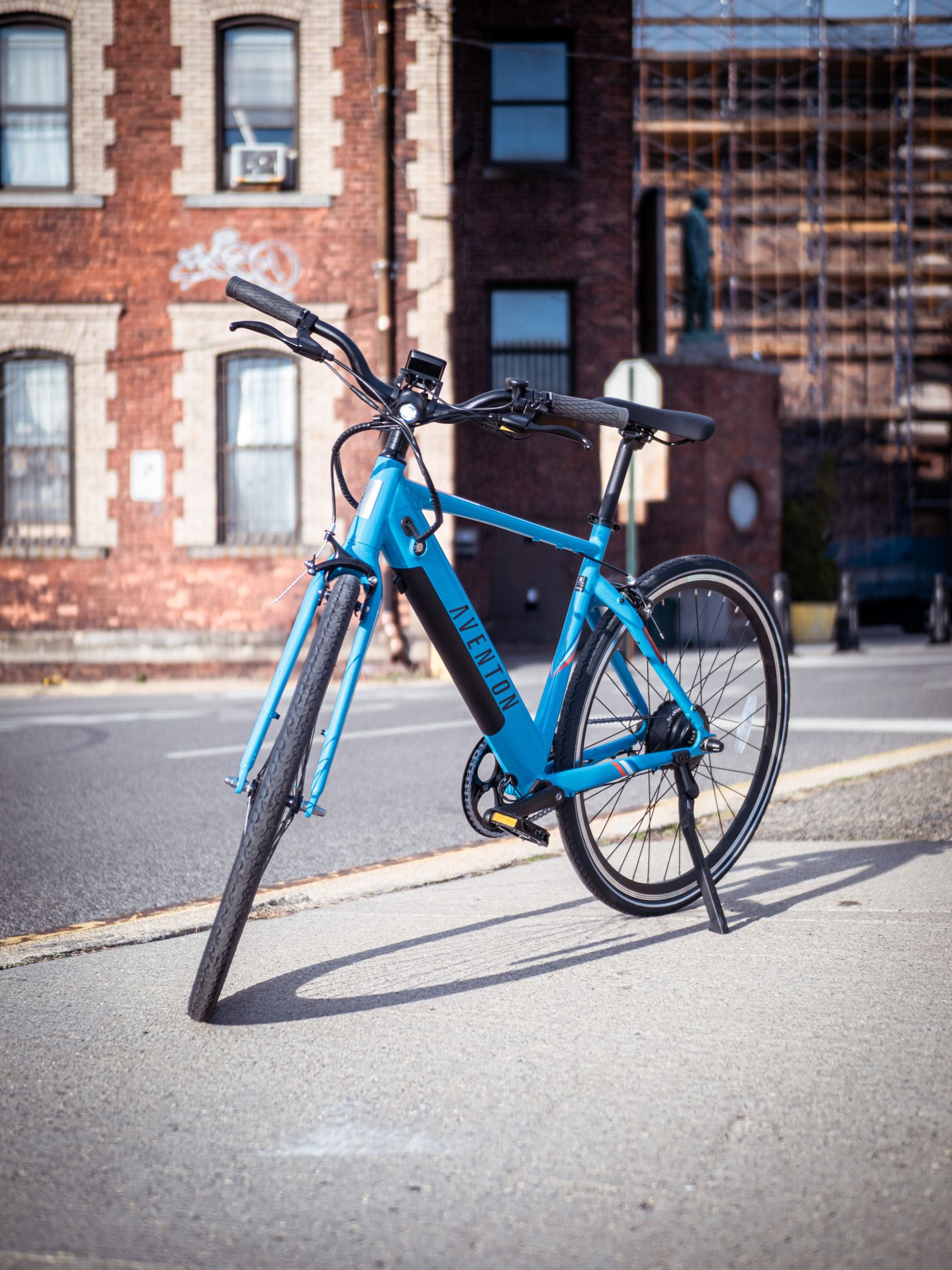
On the mechanical side, the Soltera comes in single-speed ($1,199) and 7-speed ($1,299) configurations — the former with rim brakes and the latter with mechanical disk brakes. It also comes in both high-step and low-step frames, each available in two sizes and a variety of colors.
Those specs are typical ebike fare, but the Soltera feels like more than just the sum of its parts.
For one, those components add up to an ebike of surprisingly low weight. The single-speed weighs in at 18.5 kg (41 lb), while the 7-speed weighs 19.5 kg (43 lb). That’s quite light by typical ebike standards, especially here in the US, where the most popular ebikes tend to weigh 25 kg (55 lb) or more. Again, I’ve tested lighter ebikes, but those either have smaller batteries that cannot be easily removed, or they’re a lot more expensive.
By comparison, NYC’s popular rideshare Citibikes weigh about 20 kg (the ones without electric assist). Even if your battery runs out, the Soltera provides a reasonable ‘acoustic’ bike experience, and it’s relatively easy to haul up a flight of stairs or two.
The Soltera certainly looks nicer than a Citibike. It somehow manages to be eye-catching while not drawing too much attention to itself compared to typical ebikes. The paint job and welds look clean, and the battery is tucked neatly into the downtube to avoid garnering undue attention.
But by far the coolest detail is the pair of brake-activated tail lights embedded into the seat stays. It’s a design touch I’ve only seen on far more expensive ebikes before, and it allows Aventon to offer some pizzazz to differentiate itself from similarly-priced competitors with generic frames.
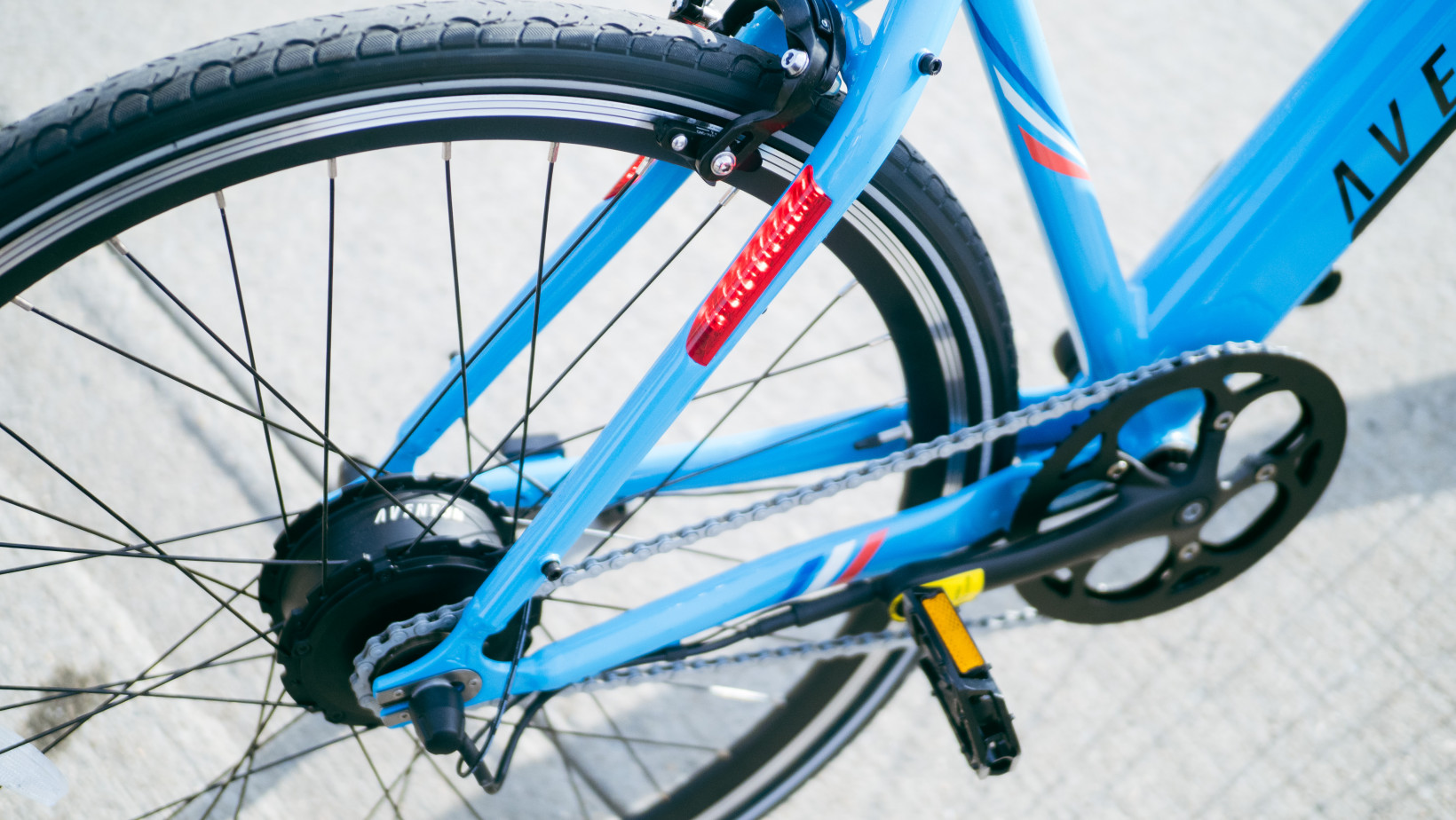
The headlight isn’t quite as neatly integrated, but it’s still more effective than many ebikes in this price range. I appreciated that it’s mounted at the handlebars, making riders more visible at night, and that it has a focused beam pattern that provides clear illumination of the road ahead rather than a nondescript blob of light.
Aventon’s display is also a cut above those on the majority of ebikes I’ve tested. The high-resolution color panel provides plenty of information, and it allows the bike to connect to Aventon’s Bluetooth app, where you can track stats and change the bike’s maximum speed.
Despite those high-end touches, I’m grateful Aventon largely avoids proprietary parts. Pretty much all of the bike’s mechanical components can be serviced by your typical bike shop, and the bike’s sleek design and minimal weight mean you (probably) won’t get the side-eye from a purist bike mechanic when they lift it onto the repair stand.
I also appreciate that the bike comes in multiple sizes and step-through configurations — too often I review a great ebike that only comes in one size, severely limiting its potential audience.
If you’re wondering about the effectiveness of the mechanical rim brakes on an ebike; they’re plenty good for the single-speed model I tested. The motor power cuts off whenever you brake, and 20mph isn’t an outlandish speed for decent rim brakes to be able to handle anyway, even in the rain. There are benefits to rim brakes too; you lose out on some stopping power, but they’re just a lot easier to service in a pinch.
Still, if you’d rather have the extra stopping power, you can always opt for the 7-speed Soltera.
Continuing the theme of practicality, I also appreciate the removable battery, which is rare to see in a design this sleek and lightweight. It’s good to know that if the battery loses its capacity or fails down the road, replacing it is as simple as turning a key and slotting the new battery in. You could also pick up a second battery for $360 and double your range, something that simply isn’t an option on most ebikes with integrated batteries.
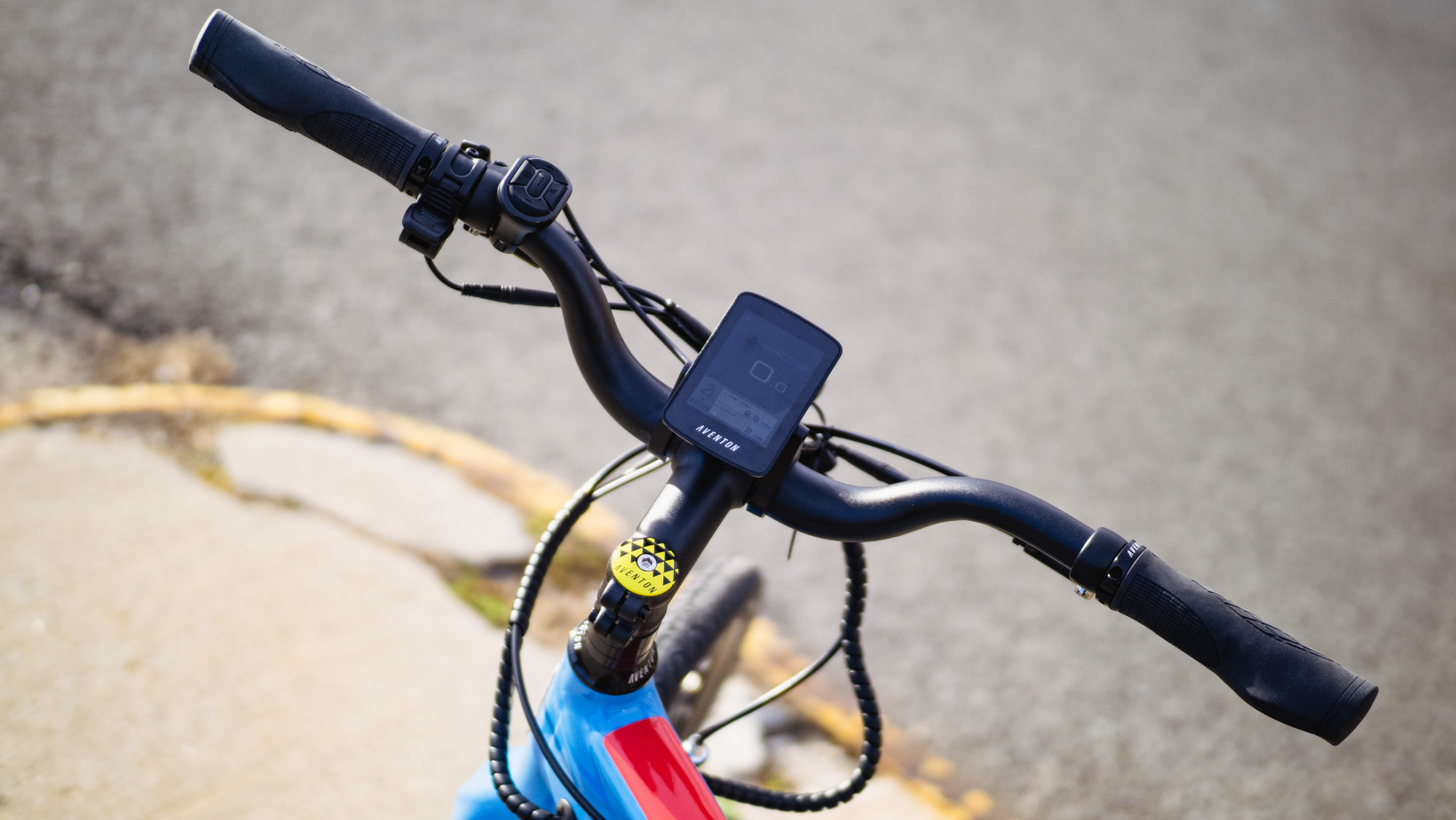
The Soltera would challenge some of my favorite ebikes twice its price were it not for the lack of the aforementioned torque sensor. The basic cadence sensor requires half a crank rotation or so before it engages, which always reminds you there’s a motor behind your pedal strokes, rather than making you feel like you have superhuman legs the way a good torque sensor setup will. The delay can also be a little annoying at a red light or at the bottom of a hill, especially on a single-speed bike.
But that’s not really a knock against the Soltera. Torque sensors are almost unheard of at this price and are rare at under $2,000. The cadence technology here is at least implemented with a smooth ramp-up in power, and the thumb throttle allows for instant access to more power, making up for some of the practical benefits of the torque sensor. It just doesn’t feel as nice.
I also wouldn’t have minded a belt drive setup, but a good-old chain works just fine too.
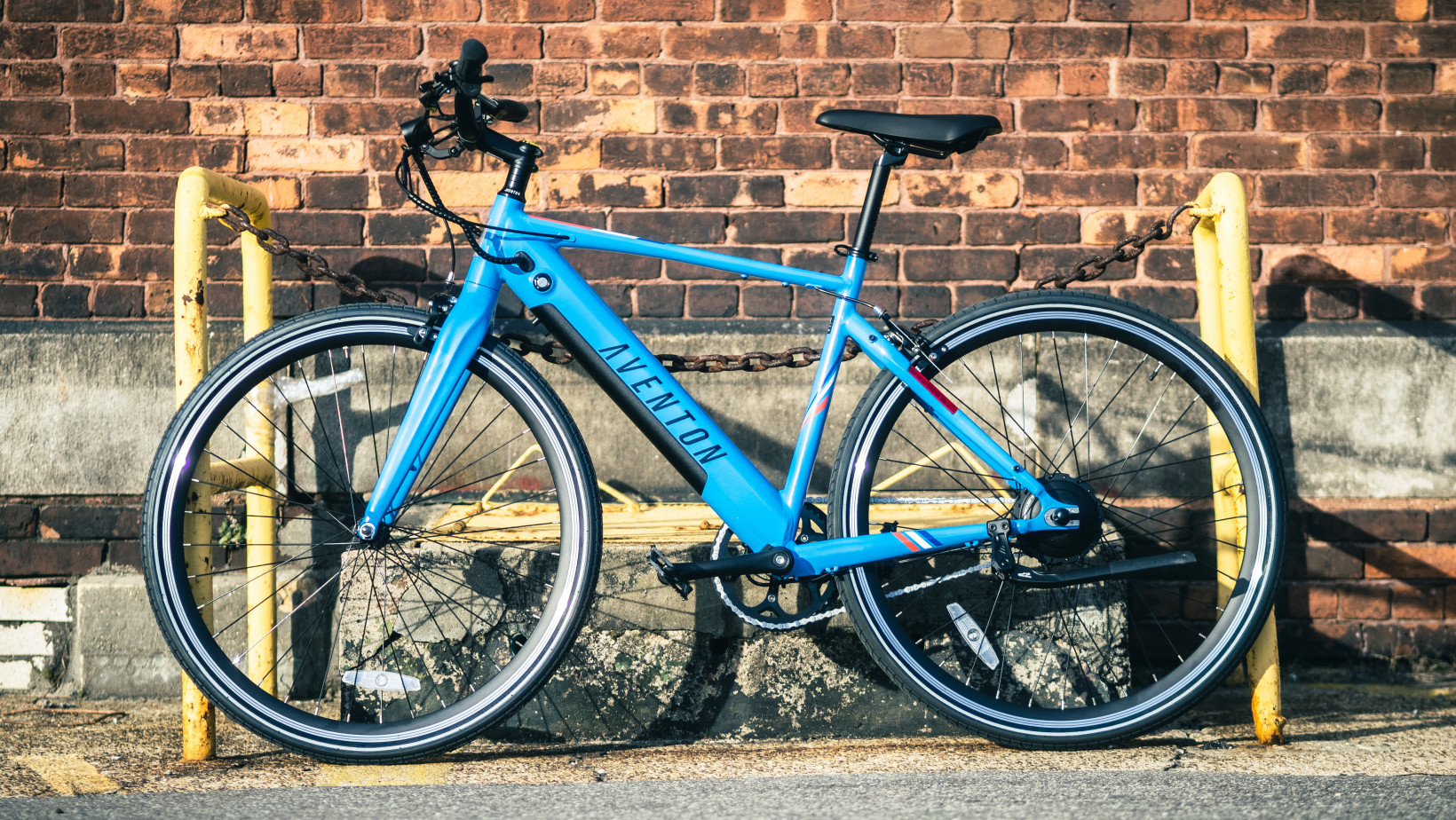
Those caveats aside, there’s little to complain about the Soltera. It has enough power for most riders, it looks great, the range is solid, and it’s almost as serviceable as a regular bike. The fact that the bike comes from a company that already has a foothold on the market and is likely to stick around adds substantial peace of mind, and the lifetime frame warranty (1 year on components) doesn’t hurt either.
It adds up to an ebike that does very little wrong and a whole lot of things right — one that is quite possibly the easiest ebike to recommend I’ve tested to date. The fact that you won’t injure yourself picking it up is just a nice bonus.
Get the TNW newsletter
Get the most important tech news in your inbox each week.
